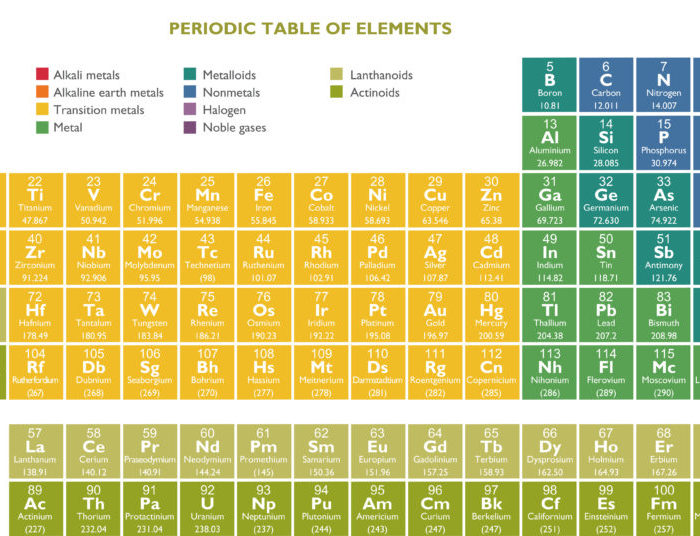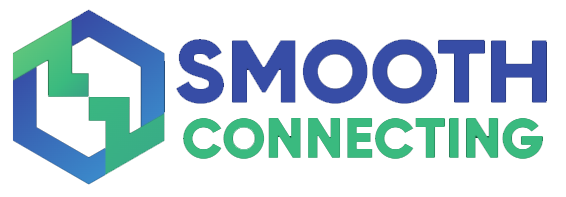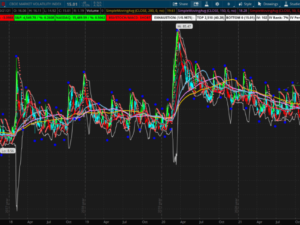
Exploring Elements in Chemistry and Computing: A Comprehensive Guide
Elements form the backbone of both computing and chemistry – two fields with similar goals of developing complex systems using fundamental elements. In this in-depth article, we’ll delve into both elements in the computing and chemistry fields; exploring their properties as well as the roles they play within these disciplines.
Part I Elements in Chemistry
Chemical Elements Definition and Description.
An element in chemistry refers to any substance that cannot be broken down using chemical processes into smaller substances, acting as fundamental building blocks of matter and identified with its own set of properties such as its atomic number, mass, and chemical symbol. There are 118 elements included on the periodic table from hydrogen (H) through to oganesson (Og).
Atomic Structure
Atoms form the basic building block for every chemical element, with six protons constituting its nucleus surrounded by electrons to make up its composition and identity as part of an element’s name on a periodic table (for instance: carbon is number 6 on that list).
Periodic Table
A periodic table is an organized arrangement of elements by increasing atomic numbers. Elements that fall within each family or group share similar chemical properties due to identical electron configuration. Elements belonging to one column – also referred to as families or groups – exhibit similar physical and chemical characteristics due to having similar structures as atoms, while elements in another period show patterns based on this shared structure as an atom structure. Being familiar with and understanding this table’s arrangement will help one understand how elements combine and form compounds.
Bonding using chemicals
Elements join together through chemical bonding to form compounds through various kinds of bonds that span from covalent (atoms sharing electrons between themselves) to ionic (charged ions flowing back and forth), leading to formation of compounds like NaCl (table salt). Interaction among elements forms the basis for nature’s astounding variety of compounds.
Physical and Chemical Properties.
Every element has unique chemical and physical attributes. Physical characteristics may include melting point, boiling point density and color; chemical characteristics consist of elements’ reactivity as well as their capacity for compound formation under specific circumstances; these properties help researchers and scientists use elements in chemical processes.
Part II – Elements in Computing
Calculating Elements Definition (Chicago Manual of Style).
Computing’s concept of elements differs slightly from that used in chemistry; nonetheless it still refers to basic components. Here, “elements” refers to data, code or functionalities which comprise hardware or software systems as they comprise our daily digital environment.
Hardware Elements
central Processing Unit (CPU) the CPU serves as the core element of computer’s hardware, responsible for performing arithmetic and logic operations while also carrying out instructions stored in memory.
Memory Elements Memory elements store information and instructions accessible by a CPU; RAM (Random Access Memory) and ROM (Read-Only Memory).
Storage devices – such as hard drives and solid state drives (SSDs) – are key elements to long-term data preservation.
Output and Input Devices These components allow users to interact with computers using mice, keyboards, monitors, printers and keyboards as examples of input/output devices.
Motherboard This motherboard serves as the main circuit board that facilitates and connects all hardware components for communication purposes.
Software Elements
Operating Systems
An operating system such as Windows, macOS or Linux is an indispensable software component which manages hardware resources while providing users with an interactive user experience.
Applications (also referred to as program software) are components that perform specific functions, such as web browsing, word processing or image editing.
Programming Languages Like Python, Java and C++, programming languages are fundamental in creating software applications.
Algorithm and Data Structures These components determine how data is organized and processed within software applications, thus impacting their efficiency and effectiveness.
Frameworks and Libraries Provide pre-written components which facilitate reuse by developers to speed up software creation processes.
Interrelations Between Elements
Computing systems use various components in various ways to collaborate towards fulfilling tasks and reaching objectives, for instance:
CPUs receive instructions from software components and perform calculations while manipulating data. Memory elements serve to store, retrieve and transfer information that will then be processed through the CPUs. Output/input devices enable users to communicate with software.
Operating systems control hardware resources and oversee program execution; data structures and algorithms enable effective organization and processing of information. WHY BUILD YOUR OWN? (Part III bridging gaps elements both worlds)
Though computing and chemistry differ considerably in their fundamental principles of elements, both share similar concepts that offer insights and connections between them.
Also Read: Entrepreneur: What It Means to Be One and How to Get Started
Fundamental Building Blocks
Elements serve as fundamental building blocks in both fields, from computing systems and applications with various functions to chemical compounds used by scientists for study. When combined together they form compounds with amazing chemical diversity while in chemistry these elements combine as compounds into incredible variety of chemicals whereas similar elements combining to form software applications serve similar roles.
Unique Identifiers
Every element and component in chemistry are identified using its atomic number and chemical symbol; similarly in computing software elements are identified using their specific name or reference (for instance a variable or function name) which must remain unique for proper organization and functioning. It’s therefore essential to create unique names to facilitate proper organization and functionality of software programs.
Interactive Reactions, Interactions
Chemical elements interact through chemical reactions to create compounds with unique characteristics; while software components work collaboratively via function calls, data exchange and communication protocols in order to complete specific tasks.
Emergent Properties
Both computing and chemistry involve interactions among elements which, over time, can result in new characteristics emerging; in chemistry this occurs via arrangements of the atoms within molecules; while, for computing purposes, arrangements of software components can create new functions or capabilities.
Future Elements in Computing and Chemistry Part IV Future Elements in Computing and Chemistry
As technology continues to advance, chemistry and computing become ever more connected – with exciting developments on the horizon for each field.
Quantum Computing and Chemistry.
Quantum computing is an innovative field with enormous potential to revolutionize both computing and chemistry. Utilizing quantum bits (qubits), quantum computers are capable of modeling complex interactions between molecules with unprecedented accuracy – revolutionizing research for drugs and materials development. They operate similarly to elements found in traditional computing.
Materials Research and Nanotechnology Development.
Computing and chemistry work hand in hand to facilitate the discovery of materials and nanotechnology. Computing methods are employed to produce unique compounds with unique properties – leading to advancements in energy storage technology, electronics engineering and medical science.
Also Read: what-is-process
Artificial Intelligence and Automation Technologies.
Artificial Intelligence and machine learning have revolutionized both chemistry and computing. AI algorithms are being utilized for predicting chemical reactions; studying data from experiments; discovering new chemical compounds. Finally, automating both fields has increased efficiency and productivity significantly.
Collaboration Between Disciplines
Collaboration among computer scientists is becoming an increasing reality. Chemists use computational tools to examine complex molecular structures while computer scientists look to nature for inspiration when developing algorithmic and information structures.
Conclusion
After conducting an in-depth investigation of various elements used in computing and chemistry, we have discovered their vital roles. Elements form essential building blocks of matter in nature while supporting numerous applications; while components play key roles as fundamental building blocks of both hardware and software. Together these studies reveal their profound effect on modern life.
The similarities between computing and chemistry are remarkable, highlighting their shared fundamental elements. As technology develops further, synergies between them could yield new innovations for research and development of drugs, materials science or any number of areas; underscoring exciting possibilities that await as we harness elements as fundamental building blocks across both realms.













